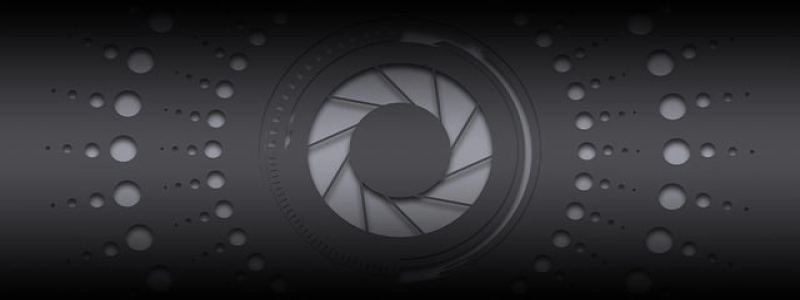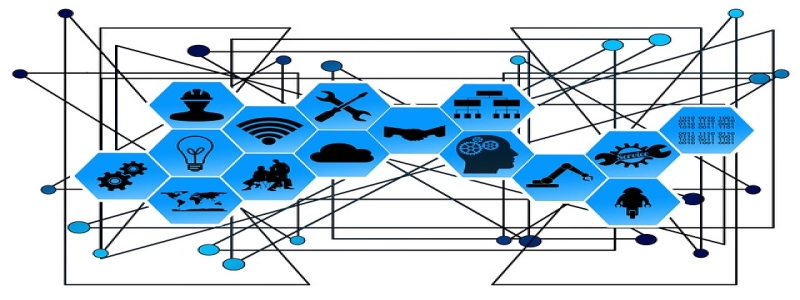XFp vs SFP+: Which One Should You Choose?
Introduction:
Wireless communication has become an integral part of our lives. With the increasing demand for faster and more reliable internet connections, the need for high-performance fiber optic transceivers has also grown. In this article, we will compare two popular types of transceivers – XFP and SFP+, to help you make an informed decision when choosing the right one for your networking requirements.
I. What are XFP and SFP+ transceivers?
A. XFP transceivers:
1. XFP stands for 10 Gigabit Small Form Factor Pluggable.
2. It is a standard for high-speed fiber optic transceivers used in telecommunication and data communication applications.
3. XFP transceivers offer data rates of up to 10 Gbps, making them suitable for various high-bandwidth applications.
B. SFP+ transceivers:
1. SFP+ stands
for Small Form-factor Pluggable Plus.
2. It is an enhanced version of the older SFP transceiver.
3. SFP+ transceivers support data rates of up to 16 Gbps, providing higher performance compared to XFP transceivers.
II. Key differences between XFP and SFP+ transceivers:
A. Data rates:
1. XFP transceivers offer a maximum data rate of 10 Gbps, while SFP+ transceivers can support up to 16 Gbps.
2. If you require higher bandwidth, SFP+ transceivers would be a better choice.
B. Form factor:
1. XFP transceivers are larger compared to SFP+ transceivers.
2. SFP+ transceivers have a smaller form factor, making them more suitable for higher-density applications where space is limited.
C. Power consumption:
1. XFP transceivers generally consume more power compared to SFP+ transceivers.
2. If power consumption is a concern, SFP+ transceivers are a more energy-efficient option.
D. Cost:
1. XFP transceivers are generally more expensive compared to SFP+ transceivers.
2. If budget is a constraint, SFP+ transceivers offer a more cost-effective solution.
III. Applications:
A. XFP transceivers are commonly used in:
1. Ethernet networks
2. Fibre Channel storage area networks (SANs)
3. High-speed data transmission applications
B. SFP+ transceivers find applications in:
1. Data centers
2. Telecommunication networks
3. High-density switching environments
IV. Conclusion:
Both XFP and SFP+ transceivers offer high-performance fiber optic connectivity solutions. The choice between the two ultimately depends on your specific requirements, such as data rates, form factor, power consumption, and budget. If you need higher bandwidth and have limited space, SFP+ transceivers are the way to go. However, if you require a more cost-effective option, XFP transceivers can still provide ample performance for various applications. Consider these factors carefully and make an informed decision when choosing between XFP and SFP+ transceivers for your networking needs.








